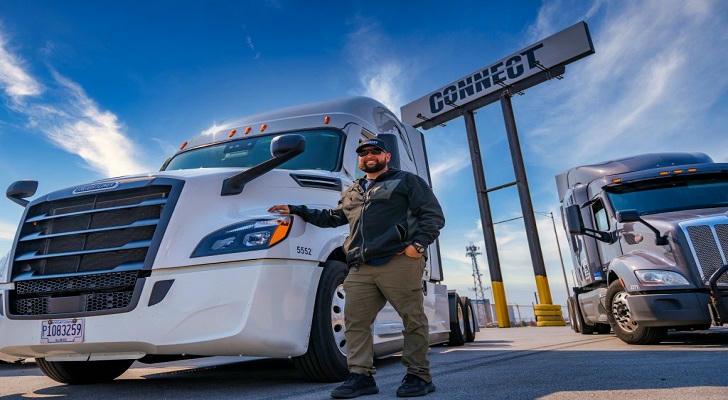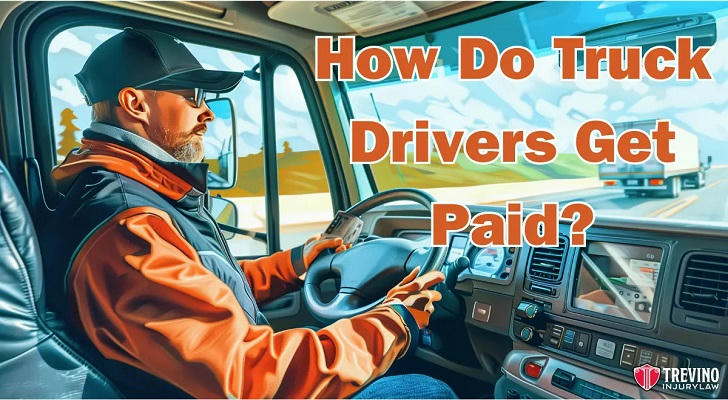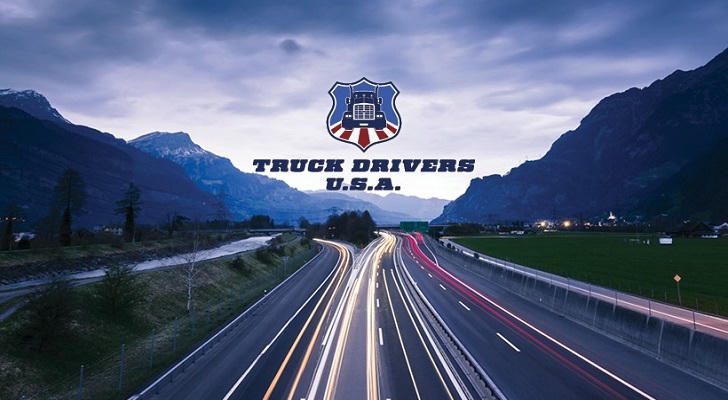In today's fast-paced world, the demand for skilled professionals in the transportation and heavy equipment industries is at an all-time high. Whether you're navigating the open highways as a truck driver, maneuvering towering cranes on construction sites, or expertly operating forklifts in bustling warehouses, these roles are not just jobs—they're vital cogs in the machinery of our economy.
But how do you find a position that not only pays the bills but also brings you satisfaction and fulfillment? In this blog post, we’ll explore effective strategies to land your dream job, the benefits that come with these roles, and the responsibilities you can expect. Whether you're a seasoned driver or just starting your journey, this guide will help you steer your career in the right direction!

Job Search Strategies
-
Online Job Boards: Websites like Indeed, Monster, and Glassdoor are excellent platforms to search for job openings. You can filter results based on location, salary, and job type.
-
Networking: Connect with other professionals in the industry through social media platforms like LinkedIn. Attend industry events and job fairs to meet potential employers.
-
Local Classifieds: Check local newspapers and community boards for job listings. Many companies still advertise positions in print.
-
Recruitment Agencies: Consider working with agencies that specialize in transportation and logistics. They can help match you with suitable job opportunities.
-
Company Websites: Visit the career pages of companies you are interested in. Many organizations post job openings directly on their websites.
Working Conditions
Most truck drivers are required to work long hours on the road, often needing to be away from family and friends. Additionally, truck drivers must cope with various weather and road conditions, including inclement weather and heavy traffic. The driving hours for truck drivers can also be quite long, which may lead to fatigue and issues such as back pain from sitting for extended periods. Furthermore, truck drivers are responsible for loading and unloading cargo, as well as performing maintenance tasks, which require a certain level of physical strength and skill.
Job Outlook
With the growth of the U.S. economy and the increasing demand for freight transportation, the need for truck drivers is also on the rise. While the job of a truck driver comes with its challenges, there are also many opportunities and prospects. Truck drivers can enhance their competitiveness by continuously improving their skills and knowledge, which can lead to better positions and higher salaries. Additionally, truck drivers can work their way up to become professional drivers or even start their own transportation companies.
However, the job of a truck driver also carries certain risks. Therefore, truck drivers should understand and follow the operating and maintenance guidelines provided by truck manufacturers to ensure the safety and reliability of their vehicles. At the same time, drivers should be aware of and adhere to traffic laws and safety standards to avoid accidents and other safety issues.
The job of a truck driver in the U.S. presents both challenges and risks, but it also offers many opportunities and prospects. If you enjoy working on the road and possess the necessary skills and knowledge, this job may be a good fit for you.

Benefits and Compensation
-
Salary Range: Truck drivers, crane operators, and forklift drivers can expect varying salaries based on experience, location, and the type of vehicle operated. On average, truck drivers earn between $40,000 to $70,000 annually, while crane operators can earn upwards of $60,000 to $100,000.
-
Health Benefits: Many employers offer health insurance, including medical, dental, and vision coverage.
-
Retirement Plans: Look for jobs that provide retirement savings plans, such as 401(k) options with employer matching.
-
Paid Time Off: Vacation days, sick leave, and holidays are often included in the benefits package.
-
Training Opportunities: Some employers offer training programs to help you advance your skills and career.
Job Responsibilities
-
Truck Driver: Responsible for transporting goods across various distances, ensuring timely delivery, maintaining vehicle safety, and adhering to traffic regulations.
-
Crane Operator: Operates cranes to lift, move, and position heavy materials at construction sites or warehouses. Requires knowledge of safety protocols and equipment operation.
-
Forklift Driver: Operates forklifts to move materials within warehouses or construction sites. Responsibilities include loading and unloading goods, inventory management, and ensuring safety compliance.

Safety Guidelines for Drivers
Truck Drivers
1 . Drive Safely
- Always adhere to speed limits and drive at a safe speed according to road conditions.
- Example: A truck driver should reduce speed in adverse weather conditions like rain or snow to maintain control of the vehicle.
-
Stay Focused
- Avoid distractions such as mobile phones or other electronic devices while driving.
- Example: A driver who remains focused on the road is less likely to miss important traffic signals or hazards.
-
Be Aware of Surroundings
- Regularly check mirrors and be mindful of blind spots.
- Example: A driver should check their mirrors before changing lanes to ensure no vehicles are in their blind spot.
Crane Operators
-
Proper Training
- Ensure that all crane operators are professionally trained and certified.
- Example: A certified operator is less likely to make errors that could lead to accidents.
-
Load Management
- Always adhere to the load capacity of the crane and ensure loads are secured properly.
- Example: Overloading a crane can lead to tipping, causing serious accidents.
-
Site Safety
- Conduct a thorough site assessment before operating the crane.
- Example: Identifying overhead power lines can prevent electrocution or equipment damage.
Forklift Drivers
-
Follow Safety Protocols
- Always wear appropriate personal protective equipment (PPE) and follow safety protocols.
- Example: Wearing a hard hat and safety shoes can protect against injuries from falling objects.
-
Maintain Visibility
- Ensure that the forklift has a clear path and that the operator has a good line of sight.
- Example: If visibility is obstructed, the driver should use a spotter to guide them.
-
Avoid Speeding
- Operate the forklift at a safe speed, especially in crowded areas.
- Example: A forklift driver should slow down in tight spaces to avoid collisions with pedestrians or other equipment.

Conclusion
Finding a satisfying job as a truck driver, crane operator, or forklift driver in the U.S. requires a proactive approach. Utilize various job search strategies, understand the benefits and compensation packages, and be aware of the job responsibilities to make informed decisions about your career path.
By adhering to these safety guidelines and being aware of potential hazards, truck drivers, crane operators, and forklift drivers can significantly reduce the risk of accidents and ensure a safer working environment.



